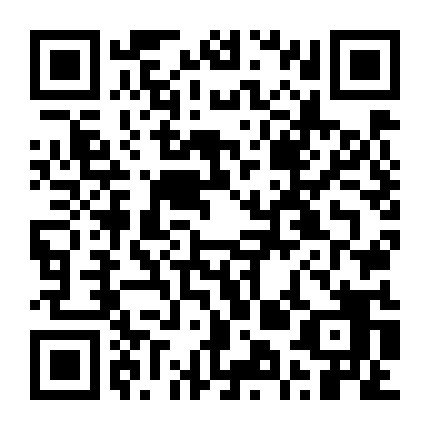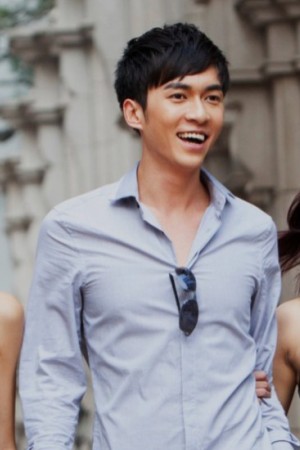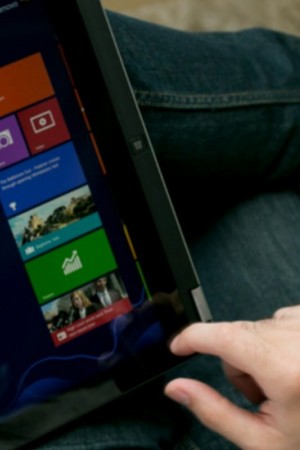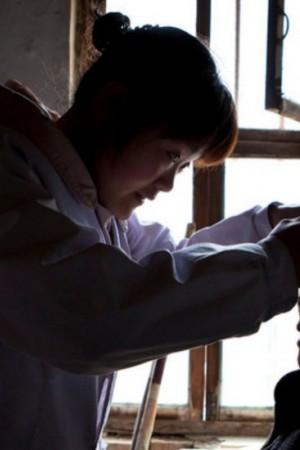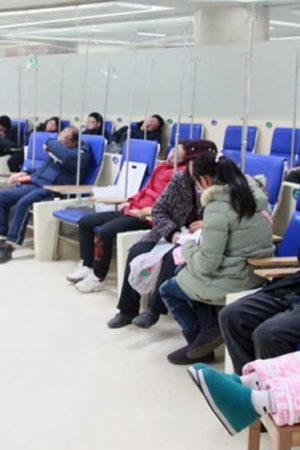The Real Caregiving Journey
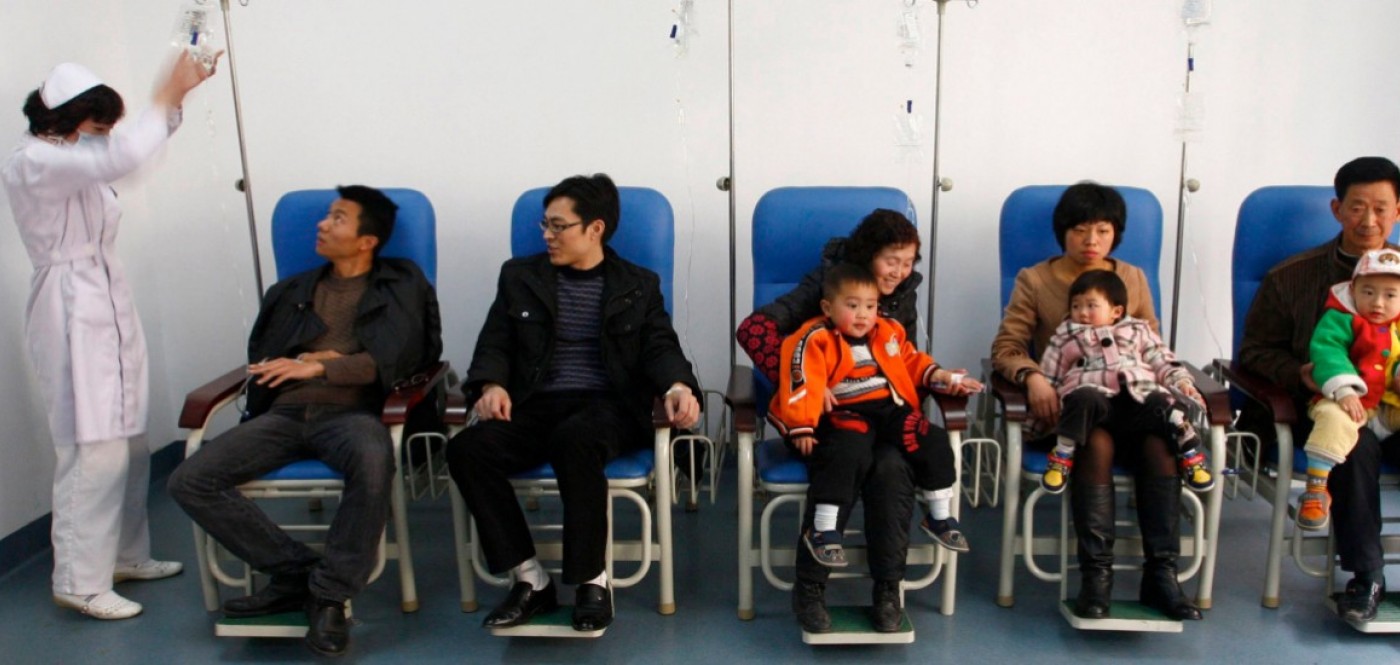
Collaboratively we discovered unknown and unmet needs that defined opportunities for future products & services to improve medication delivery process for nurses at scale.
BACKGROUND
We love helping companies uncover unknown and unmet needs of people that they can do something about. These gaps point to areas for value creation, opportunities for meaningful innovation.
The client, a well-recognized leader in providing advanced medical devices to hospitals and clinics, has the goal of helping all people live healthy lives. Their innovations have been widely adopted for infusion treatment in hospital wards and their brand has successfully captured a majority market share, nearing 60% in China.
However, they started facing increasing competition from domestic manufacturers, which offer copycat and often slightly modified devices at a lower cost. To maintain their position as the market leader when facing such aggressive competition, they launched an initiative to build a ten year plan for innovation and R&D for China.
It is noteworthy that unlike most developed countries, infusion therapy is a common practice in Chinese hospitals. According to data from the National Bureau of Statistics of China, in 2011 China’s healthcare system received over 6.3 billion out-patients, of which, 40% had received infusion therapy. In addition, on average, a nurse performs around 50 insertions per day. Therefore, administering infusion therapy is a major part of daily operations in nursing department.
By taking human centered approach to the innovation process, we can discover answers to questions beyond “What is the ‘next’ technology?” or “What is the ‘next’ product?”
"Where can we improve the caregiving experience?"
OBJECTIVE
Before creating a strategy or investing in R&D, you must know the reality of situation.
Since our client’s decision-making teams and even R&D are mostly based outside of China, they felt a disconnected from the realities of the healthcare system of the world’s most populous country. Believing that a design-driven approach to research would provide a better vision for the future, they invited us to help them with:
Capturing the reality in the out-patient medication delivery process.
Obtain a full picture on:
- Patient’s treatment journey
- Caregivers’ daily tasks and workloads
- Detailed break down on every action in the infusion treatment process
Identify pain points and opportunity areas.
Decode the factors that contribute to observed pain points, and map out areas for potential product and service innovation opportunities.
PROCESS
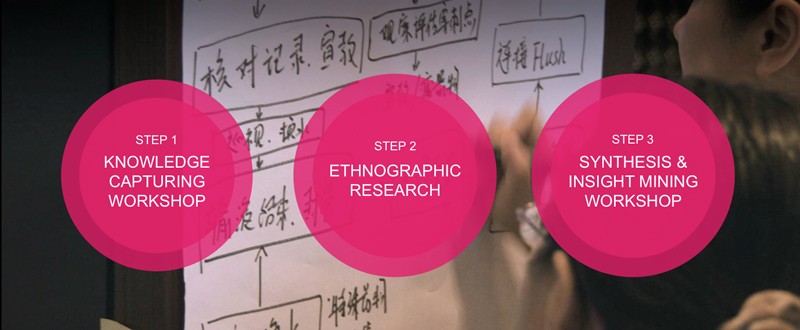
3 KEY STEPS TO TURN “UNKNOWNS” INTO NEW KNOWLEDGE, INSIGHTS & KNOWS
Getting Up To Speed - Knowledge Capturing Workshop
As a first step in approaching complex topics where innovation is desired, we believe engagement and co-creation are effective methods to capture knowledge, perspectives and assumptions from both key opinion leaders (KOLs) and internal experts. We achieved this objective through designing and facilitating a customized workshop, which supported reaching alignment and getting key people involved in decision making on future outcomes.
The workshop also served as a platform for both our client and us to engage head nurses and senior hospital staffs in order to obtain their perspectives on patients and caregivers’ experience as well as how the medicine delivery process was handled in China. By doing this, our team was able to identify, understand and align on areas to focus before entering ethnographic research in hospital environments.
Diving Deeper - Ethnographic Research
CBi China Bridge believes that ethnographic research is one of the best ways to uncover facts that lead to meaningful and actionable insights for two reasons:
- Flexible frameworks and methods to allow researchers to dive into different situations in order to observe and engage to better understand behaviors at both macro (motives, cultural context) and micro levels (gestures, actions, usage, emotions).
- Going beyond just observation or questioning helps to researchers to experience and build empathy around complex issues that people face in their daily works.
Our team conducted ethnographic research in six tier-2 and tier-3 hospitals in Beijing, Shanghai and Guangzhou. We engaged different stakeholders at different times and using different ways.
- SHADOWING: We investigated out-patients’ healthcare experiences by following their treatment journeys, from entering to exiting of hospitals.
- IN-CONTEXTUAL OBSERVATION: We blended into infusion rooms to experience what they experienced.
- IN-DEPTH INTERVIEW: We dived into nurses’ real lives, gathering their perspectives about their daily work.
Synthesis & Insight Mining Workshop
In the final stages of work, after all the research was complete, we conducted both internal and external workshops to compile and analyze field research data. By using tools and techniques like affinity diagramming we could cluster together meaningful observations and facts and start to form insights. These insights needed to be validated and agreed upon together. They were used to identify potential innovation directions as well as to create a framework that visualized detailed research findings into a story.
OUTCOMES
Our work needed to clearly point out where opportunity exist for where future products/services/process innovation could create value.
A variety of documents and graphics were used to present the findings, including:
- JOURNEY MAPPING: visualized the out-patient treatment process as well as hospital pharmacy’s ecosystem and workflow.
- TASK ANALYSIS MAPPING: 9-meter long maps were created to describe the task of medication delivery process (MDP) and medicine reconstitution in a step-by-step manner. Highlighted all pain points associated with existing products, procedures and environment.
- VIDEOGRAPHY & PHOTOGRAPHY: provided a clear view on the actual actions without revealing the people or places involved.
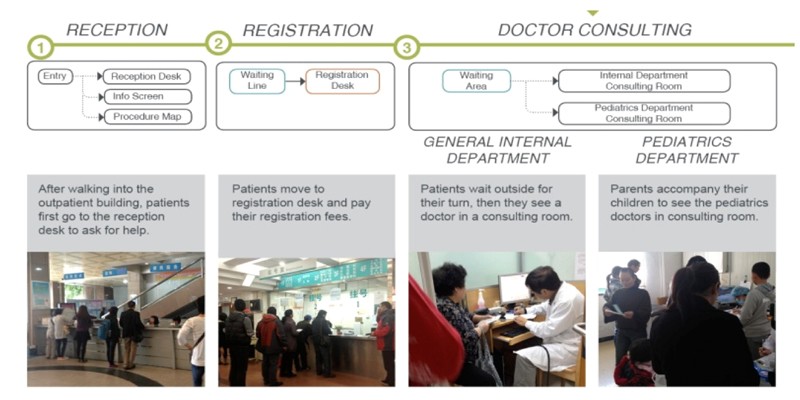
IMPACT
Provided solid foundation to support innovation initiatives.
With rich and in-depth information, our client’s internal teams could quickly reach alignment on the current situation of the medicine delivery process in China, which enabled them to make informed decisions in planning their future product portfolio and in building their innovation pipeline. It also supported a need for new investments in Chinese and Asian markets from the global headquarters.
Triggered organizational transformation
CBi China Bridge’s work had impressed the whole organization. Hundreds of copies of our reports were distributed throughout the company’s divisions and immediately, it sparked cross-disciplinary engagement within the organization on both a regional and global scale. Moreover, the world’s leading medical device company is now in the process of transforming its innovation approach – from a technology-driven process to a patient-centered development process.

